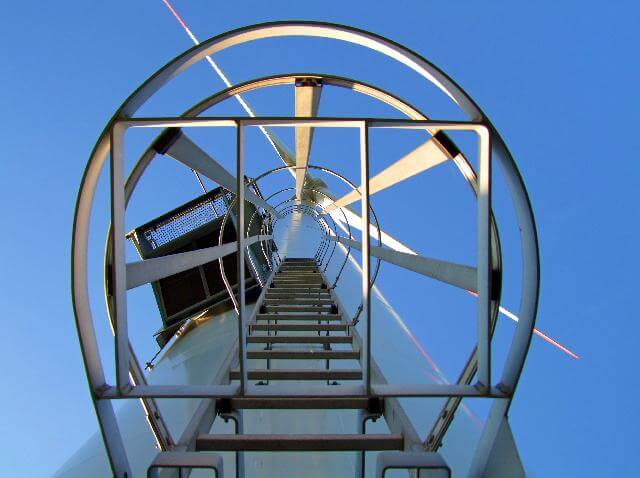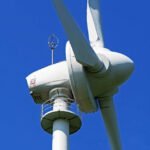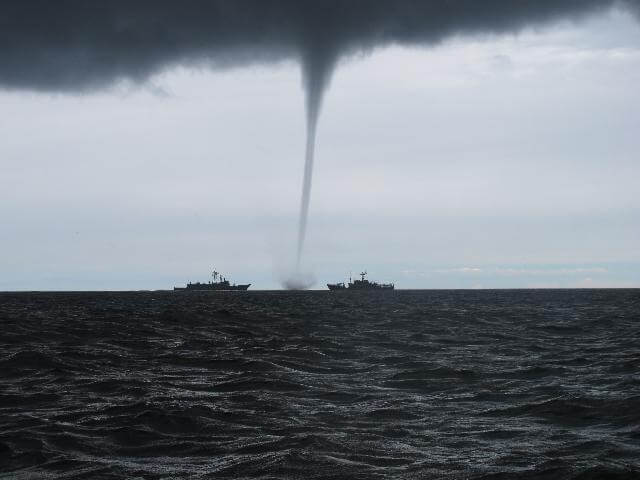A dump load, known as a diversion load or dump resistor, is an essential safety feature of wind turbines.
A dump load helps reduce the risk of your wind turbine overheating, seizing up, and burning out.
Let’s take a closer look at what a dump load actually is and why they are so important for your wind turbine.
What is a dump load?
Once your wind turbine battery is fully charged, it needs to divert the surplus power to a separate dump load.
This ensures safe and proper functioning of your wind turbine.
Wind turbines are designed to function under a load. If there is no dump load in high wind conditions, the wind turbine will self-destruct.
The blades will spin dangerously fast and rip off. Or they may put pressure on the wind turbine components causing them to wear off.
A wind turbine load is generally an electrical load that receives electricity from the wind turbine’s generator.
Two popular electrical loads for wind turbines are battery banks and electrical grids. These loads help a wind turbine function effectively.
How does a dump load work in a wind turbine?
Dump loads serve to protect the deep cycle batteries of the wind turbine against damage caused through overcharging.
They also apply breaking loads to control wind turbines over speeds caused by high winds or light loading.
In specific grid-tie systems, the dump load protects the grid-tie inverter from damage caused by excess voltage.
Dump loads operate with a diversion charge controller and function similarly to an overflowing bathtub.
The battery bank is the bathtub, and the wind turbine is the tap.
The tap (wind turbine) continuously fills the bathtub (battery bank) with water (charge).
The tap stops once the water level matches the level of the overflow hole (dump load).
Once this happens, the excess water passes into the overflow and flows away.
This prevents the bathtub from overflowing. Meaning the dump load prevents your batteries from overcharging.
The dump load triggers only once the batteries are full.
If you have more than one dump load draining charge from the batteries, they will be triggered at various times.
What is a wind turbine charge controller?
A wind turbine charge controller is a voltage sensor switch, and the controller continuously monitors the voltage of the battery bank.
When the charge controller senses the battery bank has reached its maximum voltage, it disconnects the wind turbine from the battery bank.
And then switches the wind turbine to a dump load.
Wind turbines need specific charge controllers which protect against battery overcharging.
They also divert excess electricity to a dump load to prevent self-destruction of the wind turbine. Wind turbine charge controllers can convert AC current to DC current.
This is a necessity for AC wind turbines.
How is a dump load calculated?
To find out how to size your dump load, you need to first ask yourself 2 questions:
- What is the voltage of my system? (A 12-volt battery bank, 40-volt battery bank, or a 200-volt battery bank)
- How many amps does my wind turbine produce at maximum power?
After you’ve answered these, you can move on to the more technical steps.
- Determine the number of watts using Ohm’s law: Power = Volt x Amps. Remember your dump load system needs to dump the maximum power of the wind turbine efficiently.
- Now you need to figure out the resistance you require. Resistance needed = (Number of resistors/dump loads you have) x (Resistance of each dump load).
- Calculate the power used by your resistor using Ohm’s law equation: Voltage = Current x Resistance.
- Set up your dump resistor to dump your wind turbine’s maximum power. A helpful equation you can use is: Total dump load your dump load systems needs to consume = Power x (The number of resistors you need wired in parallel).
Conclusion
Dump loads are a necessity for wind turbines to function effectively and safely. Without a dump load, wind turbines can overheat, self-destruct, and burn out.
It is also essential to select a reliable dump load for your wind turbine to prevent a severe build-up of heat in your wind turbine motor.
We hope that you now understand the importance of dump loads for wind turbines and how they work.





